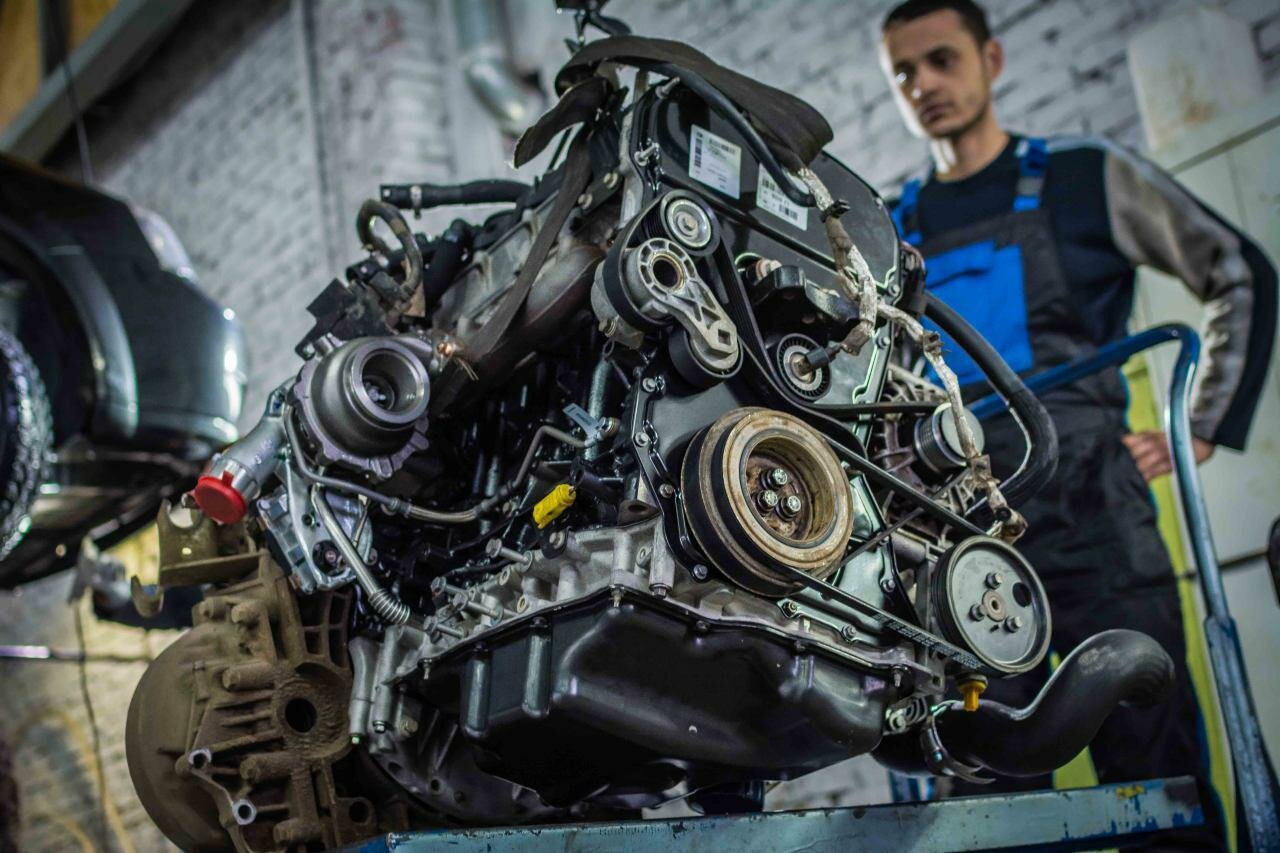The 2014 Subaru WRX is a popular choice among car enthusiasts, known for its turbocharged performance and all-wheel-drive capabilities. However, like any vehicle, it has its share of engine problems that can affect reliability and driving experience. Owners often report various symptoms that can signal underlying issues with the engine. Recognizing these symptoms early can save you from more extensive repairs down the line.
Common Symptoms of Engine Issues
When it comes to engine problems, the WRX is not immune. Here are some of the most frequently reported symptoms that drivers have experienced:
1. Unusual Noises
One of the first signs of trouble is often a strange noise coming from the engine. This can include:
- Knocking or tapping sounds, which may indicate issues with the engine internals.
- Rattling noises that could be a sign of loose components or failing parts.
- Whining sounds, often related to the turbocharger or belt issues.
2. Warning Lights
Dashboard warning lights can be a clear indication that something is wrong. Common lights that may appear include:
- Check Engine Light: This can indicate a range of issues, from minor to severe.
- Oil Pressure Light: A critical warning that should never be ignored, as low oil pressure can lead to serious engine damage.
- Temperature Warning Light: Overheating can be a sign of coolant leaks or a failing thermostat.
3. Performance Issues
Drivers may notice a drop in performance, which can manifest in several ways:
- Decreased acceleration: The car may feel sluggish and unresponsive.
- Rough idling: The engine may shake or vibrate when at a stop.
- Stalling: The engine may unexpectedly shut off, especially when coming to a stop.
4. Oil Consumption
Excessive oil consumption can be a significant concern. If you find yourself frequently topping off the oil, it could indicate:
- Oil leaks: Look for puddles or spots under the vehicle.
- Burning oil: A blue smoke from the exhaust can signal that oil is being burned in the combustion chamber.
5. Overheating
Overheating can lead to catastrophic engine failure. Symptoms to watch for include:
- Steam or smoke from under the hood.
- A sudden increase in temperature gauge readings.
- Coolant leaks, which can often be seen on the ground or around the engine bay.
6. Fuel Economy Changes
A noticeable drop in fuel efficiency can be a red flag. If you’re filling up more often than usual, consider:
- Fuel leaks: Check for any signs of fuel pooling under the car.
- Clogged fuel injectors: This can affect how well the engine runs and its fuel consumption.
Conclusion
Being aware of these symptoms can help you catch potential issues before they escalate. Regular maintenance and vigilance are key to keeping your WRX running smoothly. If you notice any of these signs, it’s advisable to consult with a qualified mechanic to diagnose and address the problem.
Understanding Engine Problems in the WRX
The 2014 Subaru WRX has gained a reputation for its sporty performance and rally heritage. However, many owners have reported various engine problems that can affect the driving experience. Understanding the causes of these issues can help you make informed decisions about maintenance and repairs.
Common Causes of Engine Problems
The engine problems in the WRX can stem from several factors. Below are some of the most common causes that have been identified by mechanics and reported by owners:
| Problem | Possible Causes | Symptoms |
|---|---|---|
| Oil Leaks | Worn seals, gaskets, or damaged oil pan | Puddles under the car, low oil levels |
| Turbocharger Failure | Oil starvation, excessive heat, or foreign object damage | Whining noise, loss of power, smoke from exhaust |
| Overheating | Coolant leaks, faulty thermostat, or radiator issues | High temperature gauge, steam from engine |
| Engine Misfires | Faulty spark plugs, ignition coils, or fuel injectors | Rough idling, hesitation during acceleration |
| Excessive Oil Consumption | Piston ring wear, valve seal failure | Frequent oil top-offs, blue smoke from exhaust |
Owner Opinions and Experiences
Many WRX owners have shared their experiences on forums, providing valuable insights into the engine problems they faced. Here are some common themes from their discussions:
- Oil Leaks: Several owners reported that oil leaks were a common issue. Many mentioned having to replace gaskets and seals multiple times, leading to frustration.
- Turbo Issues: A number of drivers noted that turbocharger failures were not uncommon. They described hearing unusual noises and experiencing a sudden drop in power, which left them feeling stranded.
- Overheating Problems: Some users expressed concern about the engine overheating, especially during long drives or in hot weather. They found that coolant leaks were often the culprit, requiring immediate attention.
- Misfires and Rough Idling: A significant number of owners reported engine misfires, which often led to rough idling. Many had to replace spark plugs and ignition coils to resolve the issue.
- High Oil Consumption: Several drivers mentioned that they had to constantly check and top off their oil levels. Many suspected that worn piston rings were to blame, which can lead to costly repairs.
Maintenance Tips
To mitigate these problems, regular maintenance is crucial. Here are some tips based on owner experiences:
- Regular Oil Changes: Change the oil frequently to keep the engine lubricated and prevent wear.
- Monitor Coolant Levels: Keep an eye on coolant levels and check for leaks regularly.
- Inspect Turbocharger: Have the turbocharger inspected during routine maintenance to catch any issues early.
- Check for Warning Lights: Pay attention to dashboard warning lights and address them promptly.
- Use Quality Parts: When replacing components, opt for high-quality parts to ensure longevity and performance.
Understanding the common problems and their causes can empower WRX owners to take proactive measures. By staying informed and vigilant, you can help ensure that your WRX remains a reliable and enjoyable vehicle for years to come.
Recalls and Technical Service Bulletins for the WRX
The 2014 Subaru WRX has been subject to various recalls and Technical Service Bulletins (TSBs) aimed at addressing known issues. These documents provide crucial information for both owners and mechanics, detailing problems and recommended fixes. Understanding these recalls and TSBs can help you stay informed about potential engine issues.
Recalls
Recalls are issued when a manufacturer identifies a defect that poses a safety risk or fails to meet safety standards. For the 2014 WRX, there have been a few notable recalls:
- Recall for Fuel Pump Issues: Some models were recalled due to a potential issue with the fuel pump that could lead to engine stalling. This could compromise safety, especially while driving.
- Recall for Airbag Deployment: A separate recall addressed concerns about airbag deployment failures, which, while not directly related to the engine, can affect overall vehicle safety.
Top views |
|
|---|---|
 |
Oil, Timing Chains, Pistons: What Really Kills an Engine Prematurely? |
 |
How to Choose a Car with a Reliable Engine: Used Car Market Hacks That Actually Work |
Technical Service Bulletins (TSBs)
TSBs are issued by manufacturers to inform dealerships and repair shops about known issues and recommended fixes. For the 2014 WRX, several TSBs have been released that pertain to engine problems:
| TSB Number | Issue | Recommended Action |
|---|---|---|
| 02-134-14 | Excessive Oil Consumption | Inspect and replace piston rings if necessary. |
| 02-135-14 | Engine Misfire and Rough Idle | Replace spark plugs and ignition coils as needed. |
| 02-136-14 | Turbocharger Noise | Inspect turbocharger and replace if damaged. |
Owner Insights
Many WRX owners have reported their experiences with these recalls and TSBs on various forums. Here are some common sentiments:
- Awareness of Recalls: Owners appreciated being informed about recalls, as it allowed them to address potential safety issues promptly.
- TSB Effectiveness: Some drivers found that following TSB recommendations helped resolve persistent engine problems, particularly with oil consumption and misfires.
- Frustration with Repairs: A few owners expressed frustration with the frequency of engine-related issues, feeling that the TSBs should have addressed problems more comprehensively.
Staying updated on recalls and TSBs is essential for maintaining the performance and safety of your 2014 WRX. Regularly checking with your dealership or the National Highway Traffic Safety Administration (NHTSA) can help ensure that your vehicle is up to date with any necessary repairs.




0 Comments